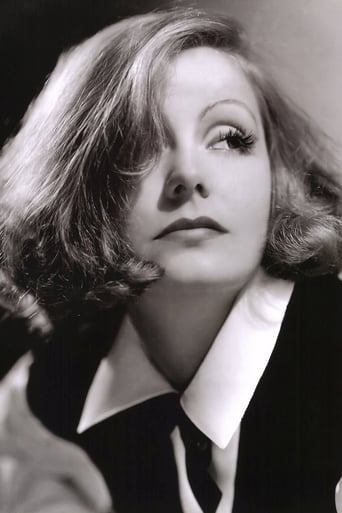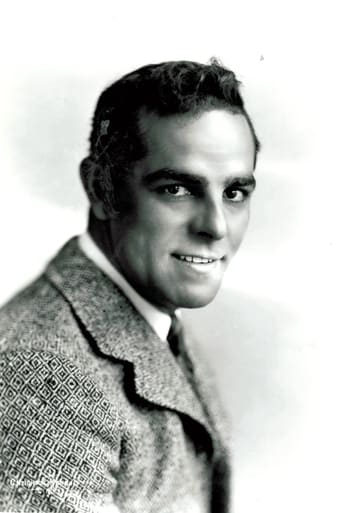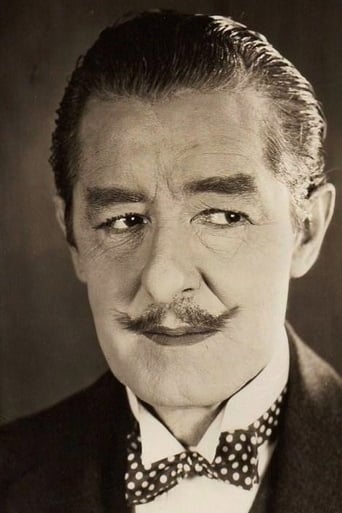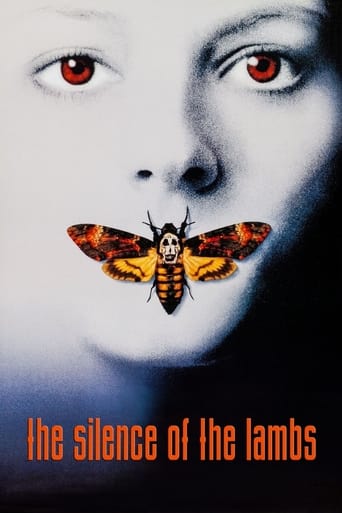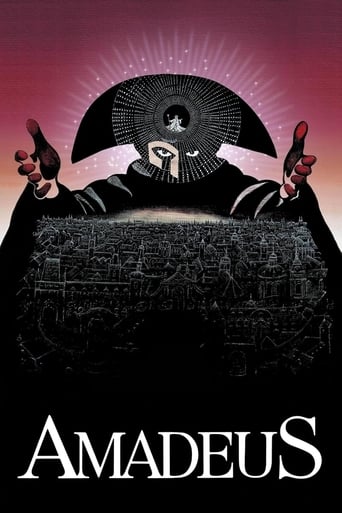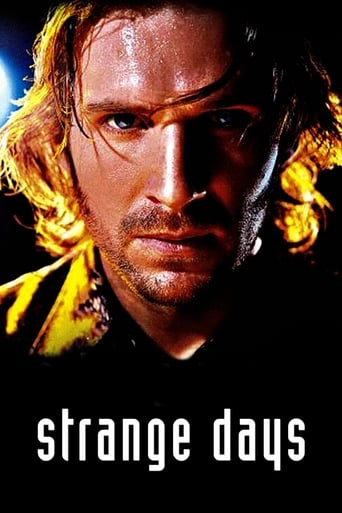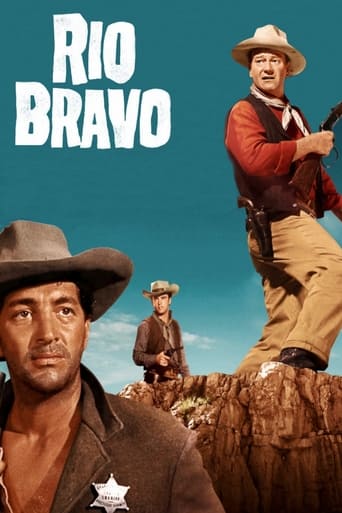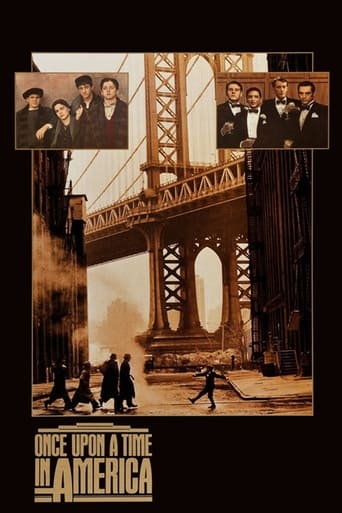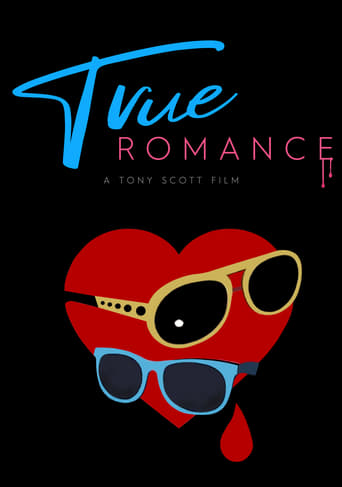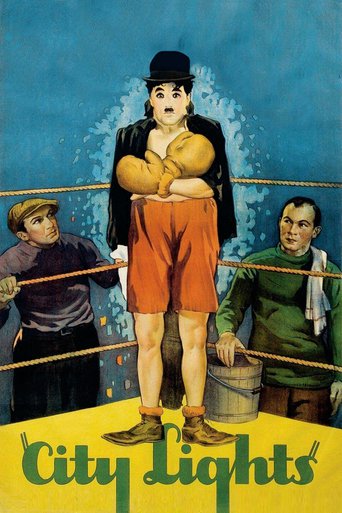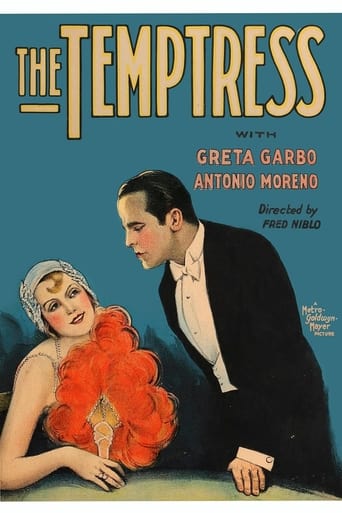
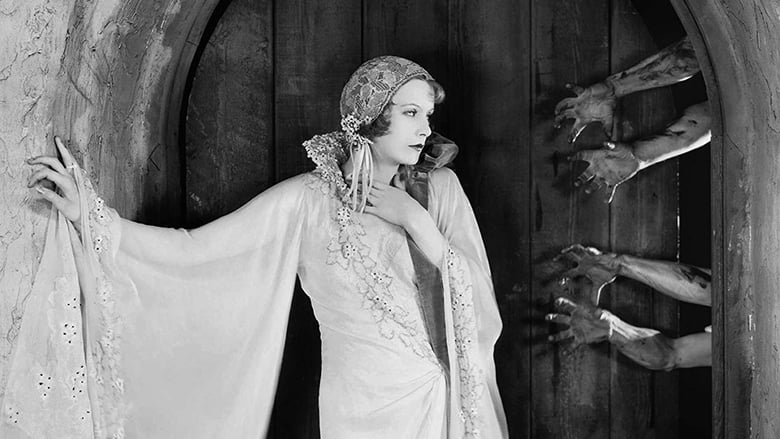
The Temptress (1926)
A seductive woman forsakes her husband and lover to pursue a young engineer.
Watch Trailer
Cast


Similar titles
Reviews
I've always thought, when you see scenes of masquerade balls, how silly it is that those little carnival masks that only cover the space round the eyes are implied to genuinely disguise the wearer, and that whole plot turns have even been based on the premise. Of course, it's a different case when the scene is in The Temptress and the wearer is Greta Garbo.The Temptress, Garbo's first top-billed Hollywood role, opens at a masquerade. A big deal is made of the moment in which she unmasks before Antonio Moreno. Now, anyone who knows Garbo will have recognised her already, but it is only when that small piece of felt is removed that we are stunned by the full force of her astonishing beauty. This tiny instant alone guaranteed her stardom.But Garbo was not just a pretty face. Far from it; she was also one of the finest actresses of her generation, and one of the first truly great naturalistic performers of the silent era. For someone who was famed for her introverted and solitary nature offscreen, Garbo certainly knows how to kiss with authentic-looking passion. Throughout, it is not simply her looks which captivate us, it is her commanding screen presence. Her role in The Temptress is a perfect demonstration of her abilities, simply because she is a fairly passive player in most scenes, often in the background while others talk (or fight) over her. And yet, with this limited scope she conveys so much realism and intensity.The Temptress was directed by Fred Niblo, a veteran filmmaker who was even older than DW Griffith. Despite his age, Niblo's work never looked old-fashioned, and The Temptress displays his competent handling of the more fluid style of the late-silent period. He has a great sense of atmosphere and rhythm, and gives each segment of the picture a consistent feel. The opening scenes in Paris are surreal and dreamlike, with lots of slow dissolves (in those days an effect done in-camera, so definitely the work of Niblo and not the post-production team) and soft-focus. By carefully controlling background movement, he makes the shots by turns nightmarish and heavenly. The later scenes in the Argentine are characterised by stark realism, with a good standard of naturalism from the extras, and lots of neat little shots that add nothing to the plot but plenty to the tone, such as the dog snatching a corncob out of a boy's hands.Among Niblo's real feats of genius are the ways he introduces characters. Garbo gets no less than three startling entrances. First, in the aforementioned unmasking scene, Garbo removes her mask in an over-the-shoulder shot, so we see Moreno's reaction before we get to see her face for ourselves. Later, when Moreno finds out she is actually his friend's wife, she appears in the distance, so we can't be certain it's her. Then, as realisation dawns, she is suddenly right before us in close-up. And later still, when she arrives in Argentina, our first glimpse is of her feet descending from the carriage – again a tentative, teasing entrance – before slowly panning up to reveal her face. Another character treated to a neat introduction is the bandit Manos Duras, played by Roy D'Arcy, who appears first as a shadow on the door.This mention of Roy D'Arcy brings me onto my next point – it's not all about the Garbo (or the Niblo). There are some pretty impressive performances all round. D'Arcy himself is one of the few slightly hammy actors in The Temptress, but this is acceptable because we can believe that a character like Manos Duras would deliberately project this exaggerated persona. He gives the very unsettling impression of a man who tends to win, not because he is particularly powerful but because he has no fear, and is very much aware that he inspires fear in others. Antonio Moreno is one of many mediocre lead men of the silent era who went on to become an unheralded supporting player in the sound era. This is among the best of his lead performances, although for a great example of his later work check him out as the old Mexican in The Searchers. Honourable mentions also go to Robert Anderson, who plays Pirovani with great warmth, and Lionel Barrymore, who for once plays it with some subtlety.The only real trouble with The Temptress is its story, being a misogynist melodrama based on a Vincente Blasco Ibanez novel. Ibanez seems to have been a popular plot source in the 1920s, especially at Metro (he was also the original author of Four Horsemen of the Apocalypse, Blood and Sand, Mare Nostrum and Torrent), but his appeal is somewhat hard to fathom these days. And from here on, Garbo ended up getting typecast as the self-centred gold-digger, over whom men shoot themselves and each other. At the very least though, Garbo's beauty and allure makes her appearance as that kind of woman plausible. And while the chauvinism of the times presented such stories as retellings of the original sin myth, with the beautiful woman ruining the world, Garbo is able to give dignity to the character and paint her as a deeply tragic figure. With Garbo, this temptress is a victim not a villain.
For some reason, Cedric Gibbons art direction succeeds in the scenes that take place in Paris but notably fail when he has to deal with Argentina. The opening and closing scenes are so impressive that it is really a shame that MGM was so careless about how this film should look.Written Vicente Blasco Ibáñez knew Argentina quite well and if most of the exteriors that take place there look like interiors. The villain as portrayed by Roy D'Arcy is ridiculous: he is ready to go to a carnival parade and does not remotely look menacing as probably Blasco Ibáñez described him on his book.Even with those flaws, it is interesting to compare the story with the tangos that were composed in Argentina at the time.Garbo's character is tragic figure and the men who would either die or kill for her are quite as pathetic as many people described in tangos.With all of its flaws, this film is worth watching and perfectly reflect many clichés that were frequent in the Argentina of that time. The music score specially composed for TCM by Michael Picton was very good, although the results would have been much better adopting contemporary Argentinean folkloric music.The alternate ending featured in DVD (obviously produced for Argentina unlike what Mark A. Vieira states on the audio commentary, since this films was probably one of the firsts that MGM distributed there) is more satisfying than the melodramatic finale of the original version.
Over the years I have seen pictures with Greta Garbo and thought she had that very special talent that brought her to such fame years ago; the so-called Pin Up Girl of the early 20's and 30's. After viewing this film, I could actually enjoy Greta Garbo playing( Elena,),"Anna Christie",'31, and truly see her great acting skills in action as she played her role as an evil woman who drained men like a spider, spinning a web for every man she decided to claim as a lover. The expressions in her face and eyes were acting all the time and she also had a great cast of supporting actors. If you looked close, you could see a very young Lionel Barrymore,(Conterac),"The Bells",'26, not sitting in a wheel chair like in "Key Largo", but straight and tall. This is truly a great Classic Film from the Silent era and very worth while viewing.
THE TEMPTRESS (Metro-Goldwyn-Mayer, 1926), personally directed by Fred Niblo, from the novel by Vicente Blasco-Ibanez, stars Swedish actress Greta Garbo in her second Hollywood production, following her American debut in THE TORRENT (1926), and the first to place her name on top of the casting credits. As with her MGM debut, Garbo plays a girl of Spanish origin (this was the last to do so), and like so many films that were to follow, especially during the silent era and early talkies, she would portray a woman (usually unhappily married) who satisfies her emotions with illicit affairs, finding the one man she truly cares about, and destroys those around her before reaching bottom herself, committing suicide, or both. THE TEMPTRESS would set such a pattern.The story opens in Paris at a masquerade party where the unhappy Elena (Garbo) meets Manuel Robledo (Antonio Moreno), an Argentine engineer. After removing their masks, they fall in love under the stars. Later when he comes to visit his friend, Marques De Torre Bianca (Armand Kaliz), Manuel is stunned to learn that his wife happens to be Elena. At the dinner party, Marquis Fontenoy (Marc MacDermott), a middle-aged banker permitted by Bianca to have Elena be his mistress in order for them to be financially secure, distracts the guests by making a startling speech on how Elena, the temptress, has ruined his life, and dropping dead at the table after taking his drink of poison. Disgusted by the ugly truth, Manuel decides to forget Elena by leaving for the Argentine where he accepts a water dam building project. Just as Manuel is slowly forgetting Elena, she arrives with her husband, and by doing so, causes frustration and destruction to both men, and others as well, with Manuel, who feels she to be responsible for the murder of his friend and husband, as well as the near destruction of his dam dynamited by his enemy, finds he still cannot resist her.The supporting players include Lionel Barrymore as Canterac, one of the construction workers who falls victim to Elena; Robert Anderson as Pirovani, the friend Canterac kills because of Elena; and Virginia Browne-Faire as Celinda, the pretty young girl who silently loves Manuel. Adding to sin and destruction is Roy D'Arcy as Manos Duros, the bandit leader, in a menacing performance as Manuel's arch enemy who, after forcing his intentions on Elena, is challenged by Manuel to a duel, with the bandit's method being the use of whips. The bull whip duel is one of the high points in the story, resulting to whip scars on the bare torsos covered with blood, as well as Manos, who fights dirty, aiming for the eyes, being quite graphic for its time.THE TEMPTRESS, an important project that helped advanced the screen career of Greta Garbo, at long last, premiered January 24, 2005, on Turner Classic Movies cable channel, accompanied by a new score composed by Michael Picton. Scoring a silent movie is challenging, as mentioned in the half hour special that preceded the movie, and minutes into watching THE TEMPTRESS, the result of Picton's work is satisfactory and rewarding. In spite the fact that host Bob Osborne announced THE TEMPTRESS as making its world television premiere, it actually did play on television, but many years ago. THE TEMPTRESS was one of the selected 13 silent films shown weekly on the public television series in commemoration of MGM's fifty years titled "Movies-Great-Movies," (WNET, Channel 13, in New York City from August to October of 1973) hosted by Richard Schickel, movies accompanied by an an orchestral score (and in the New Jersey area as part of the 1974 series, "Films of the Gatsby Era," with same movies, different hosts, on WNJM, Channel 50). THE TEMPTRESS, which premiered in New York City August 13, 1973, made its final TV run on WNET in May of 1978 as part of the double bill five week movie tribute to Garbo and Katharine Hepburn. Schickel, as did Osborne, talked about how Garbo's discoverer, Mauritz Stiller, started out as the film's director, but due to complications during production, was replaced by Fred Niblo. The information regarding THE TEMPTRESS remains the same, with the exception of its time length. When shown in the 1970s, the running time was about 114 minutes. TCM's print runs at 105. But regardless of its length, possibly due to projection speed, THE TEMPTRESS is a welcome addition to the TCM lineup, and well worth viewing again after many years or the first time ever. While THE TEMPTRESS belongs to Antonio Moreno, whose name is almost forgotten today, it owes its success to the temptress herself, Greta Garbo, which is the sole reason for its rediscovery. (***)


